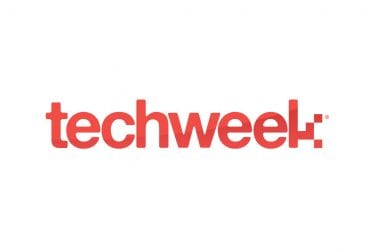The years of hard work and dedication required to turn a start-up into a thriving venture is no easy feat. Any businessman can attest to the fact that building a business is not a joke. For this reason, among others, business owners have to think ahead and plan ways of protecting their interests against future occurrences that may affect the business and their personal stake on it.
If you’re operating a business with one or more partners, it should be wise to set up a life insurance plan from the best life insurance companies here to help fund your buy-sell agreement.
What is a buy-sell agreement?
A buy and sell agreement, also known as a buyout agreement, is an arrangement that allocates your share in the partnership or corporation in case of retirement, disability, or death or if the need to sell arises.
In order to fund a buyout agreement with life insurance, an insurance policy must be purchased either by the owners or the corporate entity for each of the partners. A well-crafted buy-sell provision clarifies how the shares are transferred in accordance to the trigger event.
The main features of a typical buyout life insurance agreement include:
- Guarantee to the purchase of shares in case of the occurrence of any of the trigger events
- Valuation of the departing owner’s shares in the business
- How to fund the buyout
- Who among the surviving owners may purchase the departing owner’s shares
Key Points to Remember When Setting Up a Buy-Sell Life Insurance Agreement
1. Consider your ownership structure.
When using life insurance to fund a buy-sell agreement, one of the first things that you have to look at is your ownership structure. It’s vital that you go for a policy that’s appropriate to both your individual circumstances and company objectives.
Here are three typical ownership structures and their corresponding buy-sell agreements:
- Sole proprietorship
For sole proprietorship businesses, a key employee purchases a life insurance policy on the business owner. Upon the owner’s passing, the key employee may use the death benefit to buy out the owner’s shares and acquire ownership of the business.
- Cross-ownership
In this ownership structure, each of the co-owners takes out an insurance policy on each of the other business partners. In the event of death, disability, or other circumstances that result to one of the shareholders leaving the business, the other co-owners may use the insurance benefit from the cross-purchase buy-sell agreement to buy the departing owner’s interest in the company from his or her family.
The agreement presents an advantage to both parties involved as it prevents the liquidation of assets for the purpose of compensating the surviving family to acquire their share.
- Corporate ownership
In the corporate ownership structure, the corporation purchases and owns the insurance policy on the life of all the business partners. It is the corporate entity – not the partners – that buys out the departing owner’s shares in case of death or disability. As with the cross-purchase buy-sell agreement, the insurance benefit funds are used to reimburse the surviving family of their share of the business.
2. Determine the value of your business and how much coverage you need.

Another crucial initial step in setting up a buy-sell life insurance for your business is determining its overall value. Foremost, this value is dependent on your business’ income, but it also includes its tangible and intangible assets.
Currently, these are the widely accepted methods for calculating a business’ value.
- Book value
The book value is your business’ net worth, which is calculated by subtracting all the liabilities from the assets.
- Market value
This is the value that buyers are willing to pay for your business. The best insurance typically offers a more favorable policy to corporations with market values that are higher than their book values.
- Capitalization of earnings
Your business’ capitalization of earnings is the average of its net revenue in the past year. Companies that do not hold a substantial amount of physical assets commonly use this formula in calculating their business’ value.
3. Calculate each owner’s stake in the business.
When you have determined your business’ value, it’s time to assess how much each of you and your partners’ shares is worth. If all of you have equal stakes on the business, then you simply have to divide its value by the number of owners equally.
Ideally, the insurance coverage on your life must amount to the value of your ownership interest so that in the unfortunate chance that something happens to you, there will be enough funds from the policy to buy out your share of the business from your family.
Getting Started
Use these tips to using life insurance to fund a buy-sell agreement with business partners to kick-start your efforts in safeguarding the financial well-being of your business. While there are many things in life that you have no control over, you can always take proactive measures to avert financial loss and ensure the continuity of your business even during trying and difficult times.





